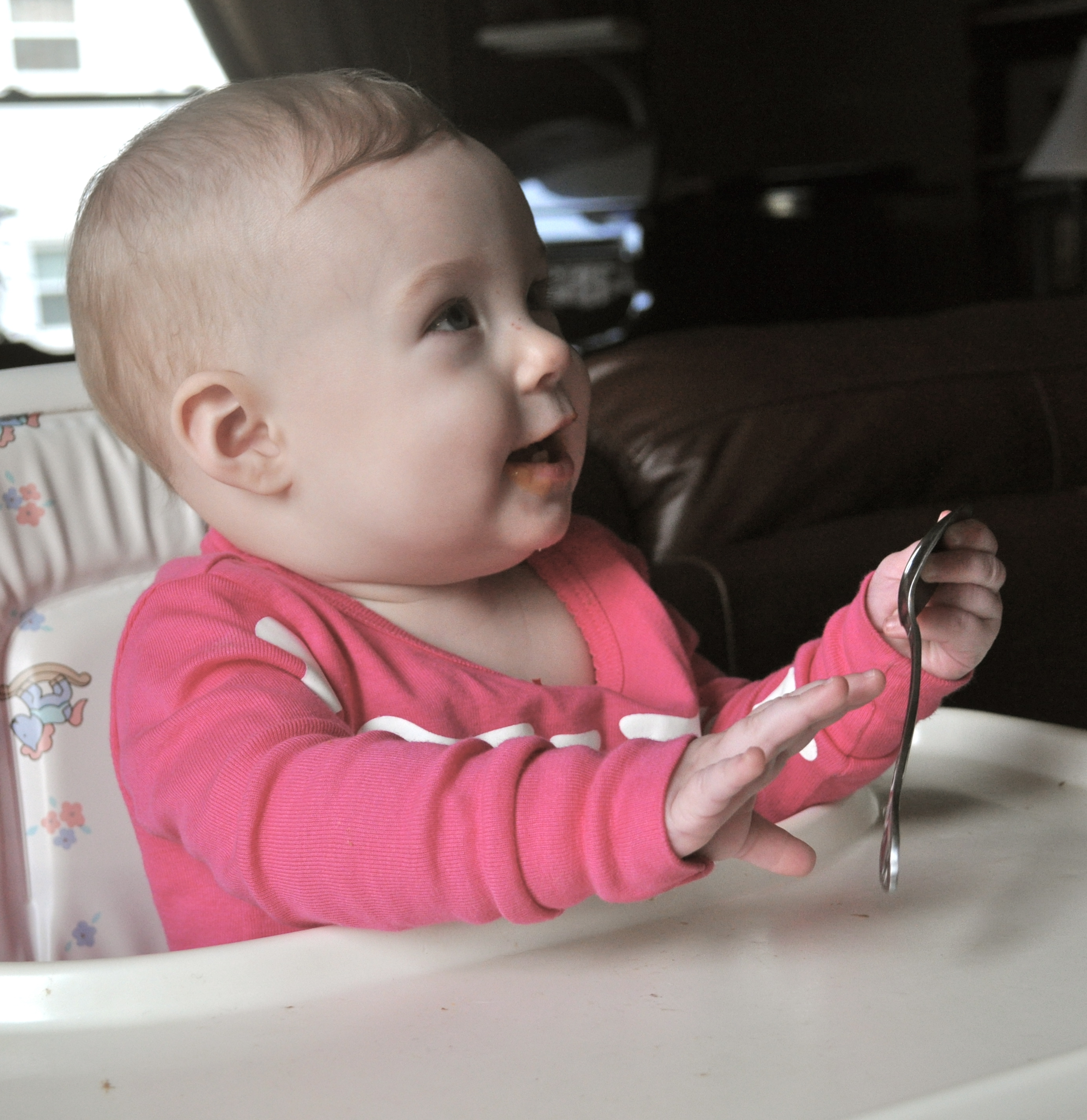Dad & the Picky Eater: 4 Steps to Setting Up Kids for Eating Success

Two-year-old Amber knows there’s chocolate cake for dessert. So at dinner, she turns up her nose at the roast chicken and creamed spinach. She’s holding out. So her dad commands her to eat and makes sure she does it. The battle begins. Amber’s secret enjoyment in getting Dad’s goat is even greater than her objection to dinner. It gets ugly, but Dad “wins.” Amber ends up eating the absolute minimum requirement of her dinner, then she gorges on chocolate cake.
“I thought that’s what I was supposed to do: make them eat,” different dads of picky eaters have told me when I suggested otherwise. “I thought I was doing the right thing, just what I ought to do to be a good dad.”
It’s a tough question: Where should we hold the line as parents? When do we let it go? Should we let them eat what they want or make them eat what they should? Or is there a middle course?
When it comes to eating, the answer is actually far clearer than for so many any other areas of raising a child.
Setting up a child to be a “good eater”
What Amber’s dad does is just one of a million ways we can set up children for failure to eat well.
If a child is not eating normally, of her own free will, something’s wrong. She may need understanding and help, even treatment. But force won’t solve the root problem.
In this case, though, something is clearly wrong with the set up, beginning with the force feeding.
Eating isn’t a behavior. It’s not an issue of obedience. It’s a natural act, a child’s own personal business, like a few other things. We can make a child sit on the toilet, but we can’t make her go. We can make a kid go to bed, but sleeping is the child’s job. Should I make a child wear a coat if he’s hot? Or not let him wear one because I’m hot?
It is possible to force a child to eat, but that doesn’t mean we should, or that we need to.
Though kids are small and lacking in knowledge and skills, they deserve the same respect we give other adults about putting food in their own mouths.
The only thing we can do is set up our children for healthy, normal eating.
It’s habit forming
Forcing a child to eat isn’t the only way to get her to eat, happily. The good parent can and should require all kinds of things, besides actually eating, to set up a child for healthy, happy eating. Then the parent need only get out of the way.
We can provide only good food choices, only nourishing foods. Every child has the right to be offered only the best, most nutritious and most delicious foods that parents can manage, not harmful junk edibles and sweets. We can instruct kids about what’s good for them and what isn’t. We can establish good habits.
Then we have to trust them to tune into their own bodies and regulate themselves, whatever their age.
When we tell a child, “You have to eat that. I don’t care whether you feel like eating it or not,” we teach her to tune out the cues of her body.
Between force and permissiveness: the happy medium
So, freedom where freedom is due. Nobody should be forced to eat anything, ever. But kids will fill up on junk if that’s an option. So that’s where enforcement comes in.
Between the extremes of letting them eat whatever they want and making them eat what they don’t want is allowing them to eat or not, while enforcing the right limits.
Instead of forcing a child to eat, focus on the setting you’re providing. Offer only the right foods, in the right atmosphere, at the right time and place.
The right limits
1. All good food choices. Limit or even eliminate sweets and junk completely, especially as you see them interfering with normal eating.
2. Establish family meals with a sociable, pleasant atmosphere of mutual respect and no pressure to eat.
3. No random snacks. Three meals a day, plus an after school snack, with maybe another set time for toddlers. Let children get used to letting their stomachs get empty between meals, for a healthy appetite.
4. Eat only at the table.
***








Recent Comments